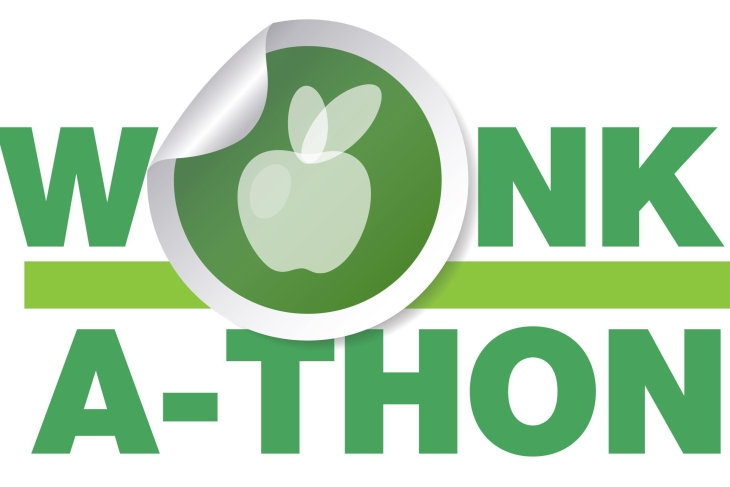Editor's note: This post is a submission to Fordham's 2017 Wonkathon. We asked assorted education policy experts to explain how President Trump should structure his highly anticipated $20 billion school choice proposal. Other entries can be found here.
There’s a lot to know in the education policy realm so it’s important we define what we know for the purposes of this proposal:
- Empowering parents to choose the manner of their child’s education works for students—scores usually go up, graduation rates rise, and there is less contact with the criminal justice system, to name just three.
- Federal Title dollars are ineffective at improving student outcomes—recent studies of School Improvement Grants (Title I) and teacher professional development (Title II) find no benefits.
- Title I portability, the white whale of the choice world, is a messy proposition which obviously is an affront to Democrats and understandably makes Republicans uneasy.
- Title II funds serve a constituency, teachers, reflexively opposed to the Republican party—and who went so far as to endorse Hillary Clinton during her primary—either by funding their (ineffective) on-the-job training or assuring them of (easier) work by reducing the number of students in the classroom.
- Congress has repealed the Obama Administration’s regulations implementing teacher preparation rules and President Trump is guaranteed to sign it soon.
Knowing these four things, we can see there is an obvious way to resolve the Trump Administration’s “underwear gnomes for school choice” conundrum: Congress should redirect Title II funding into a block grant scholarship for the states to administer to benefit disadvantaged students. The block grant could look like the Child Care and Development Block Grant, but with fewer of the Obama era policy diktats and an additional requirement that parents may only receive a no-strings-attached certificate (a.k.a., a voucher).
With Title II spending at about $2.3 billion a year, enacting this change would mean the Trump Administration is committing more than $20 billion over ten years to giving parents real choice (decade-long windows is how accounting is done in Washington anyways). Additionally, you could score this as a deficit reducing maneuver by trimming the size of the block grants or counting the reduction in staffing and administrative work done to oversee Title II as it currently stands. That would allow this change to pass with fifty-one votes in the Senate through budget reconciliation.
So who wins? Conservatives and Republicans seeking to shrink the federal government’s role in education will be removing federal mandates from teacher preparation and certification while simultaneously, and more importantly, enabling children of low-income parents to choose a school that will better serve them. A scholarship is more powerful assistance to these families than a teacher who took the latest (useless) summer institute on the latest teaching fad.
For everyone but the teachers’ unions, this is a win. And since they are not going to support Secretary DeVos, President Trump, or Republicans in general anytime soon, it seems like a risk worth taking for Congress and the Administration.
Sean Saffron is the pen name of a former congressional staffer and current education policy advocate. He blogs at seansaffron.wordpress.com and can be found on Twitter @SeanSaffronBlog.
The views expressed herein represent the opinions of the author and not necessarily the Thomas B. Fordham Institute.
